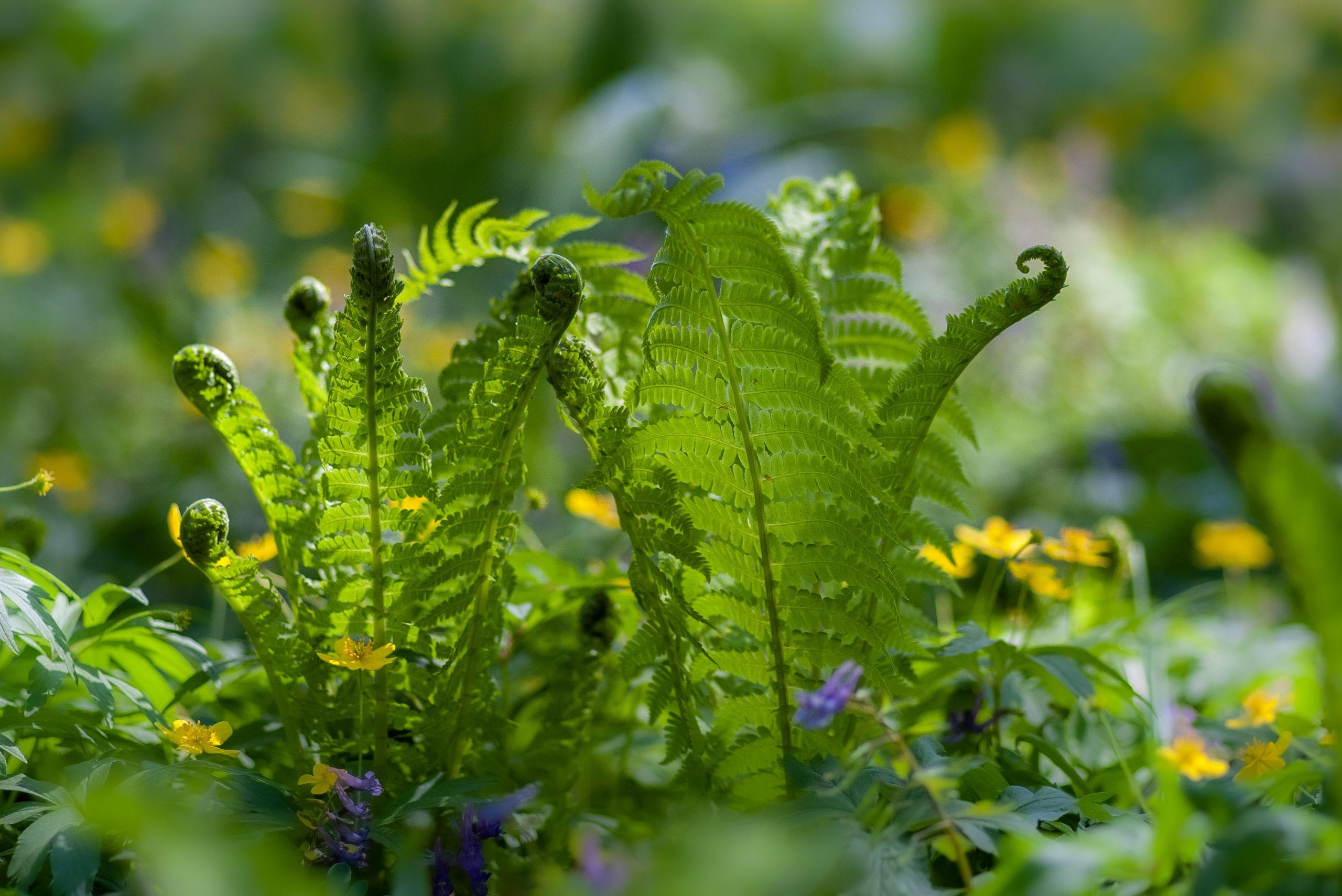Deserts, with their scorching temperatures, arid conditions, and limited water resources, may seem like inhospitable environments for plant life. Yet, flora has managed to thrive in these seemingly barren landscapes through astonishing adaptations and success strategies. The resilience of desert plants serves as a testament to the remarkable capabilities of nature.
One of the most notable characteristics of desert flora is their ability to conserve water. Plants like cacti and succulents have developed specialized tissues that store water, enabling them to survive in dry spells that can last for months or even years. Their thick, waxy coatings minimize water loss through evaporation, and some species even have spines that help reduce surface area, preventing excessive moisture loss.
Furthermore, desert plants have adapted their root systems to maximize water absorption. Some species have long taproots that reach deep into the ground, accessing underground water sources that remain out of reach for other plants. Others have shallow, widespread root systems that allow them to capture rainfall quickly before it evaporates. By efficiently utilizing available water resources, desert flora has triumphed over adversity.
Subtitle: Flourishing in the Damp Depths: The Tenacity of Rainforest Flora
Rainforests, characterized by their abundant rainfall, high humidity, and dense vegetation, present a stark contrast to deserts. In these lush environments, flora faces different challenges but has developed equally astonishing resilience and success strategies to thrive in the competition for light and nutrients.
One of the key survival tactics of rainforest flora is their ability to adapt to low light conditions. The dense canopies of towering trees block much of the sunlight from reaching the forest floor. In response, understory plants have evolved to make the most of limited light by growing large, broad leaves to capture as much sunlight as possible. Some species have even developed unique adaptations such as buttress roots or climbing structures to reach higher levels and access the available light.
Rainforest plants also face fierce competition for nutrients in the nutrient-rich yet highly competitive soil. To overcome this challenge, many species have developed specialized mechanisms to capture and retain nutrients efficiently. Some plants form symbiotic relationships with fungi, creating mycorrhizal networks that help them extract nutrients from the soil. Others produce aerial roots or epiphytic structures that allow them to grow on the surfaces of other plants, accessing nutrients that would otherwise be unavailable.
Subtitle: Strategies for Survival: Lessons from Flora’s Triumph
The ability of flora to adapt to diverse environments, from deserts to rainforests, holds valuable lessons for human beings. The resilience and success strategies employed by plants can inspire us to face our own challenges with determination and creativity.
Flora’s remarkable ability to conserve resources, whether it be water in deserts or nutrients in rainforests, teaches us the importance of mindful consumption. In a world grappling with issues like water scarcity and unsustainable agricultural practices, we can learn from desert plants’ water-saving techniques and rainforest plants’ efficient nutrient utilization to ensure a more sustainable future.
Moreover, the adaptability of flora underscores the significance of embracing change and finding innovative solutions. Just as desert plants have evolved unique features to survive harsh conditions, and rainforest plants have developed strategies to thrive in low light and nutrient competition, we must foster a mindset that embraces flexibility and adaptation. By doing so, we can navigate the ever-changing landscapes of our personal and professional lives with resilience and success.
In conclusion, exploring flora’s astonishing resilience and success strategies in environments as diverse as deserts and rainforests reveals nature’s remarkable capacity for adaptation. Desert plants’ water conservation and rainforest plants’ strategies for light




